Sometimes you just want to have fun without having a heavy camera around your neck. You want something compact and easy to carry. That used to mean having to compromise. But not anymore. There are some excellent pocket-sized cameras on the market right now. Our top pick is an example of perfect retro-styling with up-to-the-minute technology, including a unique hybrid electronic viewfinder. [Note: ExpertPhotography is supported by readers. Product links on ExpertPhotography are referral links. If you use one of these and buy something, we make a little bit of money. Need more info? See how it all works here.]
What Is the Best Compact Camera to buy in 2022?
We’re going to explain in a little detail why we’ve chosen these cameras. But first, here is a summary of all our picks. Starting with our top pick, let’s take a look at each of our recommendations. Everything about this Fujifilm X100V simply works. It looks splendid with its brushed metal and faux leatherette. The knobs and dials are real analog controls with electronic effects. It really is a superb blend of old and new. Perhaps nowhere more so than in the hybrid viewfinder. This allows you to frame your shot with the optical viewfinder or you can use the electronic viewfinder (EVF). Or you can frame it optically, but see a preview of how the final result will look. It’s an elegant solution. Other bang-up-to-date features are the tilting touchscreen that allows focus point selection, 4K video, and in-camera multiple exposures. They always say that the best camera is the one you have with you. The Fujifilm X110V is a camera you will want to have with you all the time. The Canon Powershot G7 X Mark III is a pocket rocket of the camera world. The camera body is small and slim. But this Canon has excellent image quality. The name Powershot is not misleading. The sensor may only be 1 inch. But with a 20 MP resolution, the images will surprise you. They’re sharp and vibrant with color. The burst speed is 8.2 fps, which is rapid for a camera of this size. The in-camera RAW file processing is a brilliant feature, making images easier to work with in post-processing. And the Wi-Fi and Bluetooth capabilities make it easy to move and share your images. The Powershot G7 X Mark III has a good ISO range, from 125 to 128,000. And the DIGIC 7 image processor keeps noise to a minimum when you’re working in low light. The 4K video quality is very good. And the video image stabilization will keep the quality high. It’s a great vlogging camera too. It’s a great point-and-shoot camera for a beginner on the go. It fits in your pocket. And the images are impressive for a camera of this size. That makes the Canon PowerShot G7 X Mark III one of the best compact cameras in 2022. The Panasonic Lumix FZ80 is a versatile compact camera. It’s perfect for travelers who want to take great stills and videos when they’re on the road. And it’s great value for money. The 18.1MP MOS sensor produces stunning images. And you get a rapid 30 fps continuous shooting mode. It’s a function that’s great for capturing sports or action shots. The Lumix FZ80 has a fixed 20-1200mm (60x) optical zoom lens. So you can get close or shoot far away. And the optical image stabilization will keep your images in great condition. A function you might not expect in such a small camera is the Post Focus. It allows you to set your focus after you’ve taken the photo. And you can even stake focus points to give yourself your creative freedom. The Panasonic FZ80 has an ergonomic design. It fits nicely in your hand and never feels like a burden. It’s lightweight but full of functions. And the video and stills quality is fantastic. All that combined with a modest price tag makes it one of the best compact cameras for beginners. The Sony Cyber-shot RX100 VII is for people who take their photography very seriously. A 20.1 MP resolution might not look like much. But considering that’s from a 1-inch sensor, that is pretty powerful. That’s impressive image quality for a pocket-sized camera. The autofocus system is very sophisticated for a camera this size. It uses 357-point focal plane detection or 425-point contrast detection. And it uses AI tracking to hone in on eyes and faces for both stills and videos. You’ll find the Sony Cyber-Shot RX100 VII in the pocket of many vloggers and videographers. The 4K video is excellent. And you can use the microphone jack for synced audio recording. The Sony Cyber-Shot RX100 VII is expensive for a compact camera. But there are a lot of features and functions packed into this camera’s small stature. It’s a true compact with a lot of power. The Panasonic Lumix LX100 II is a unique entry on our list. And it’s a landmark unit in the world of compact cameras. The LX100 II uses a Large Four Thirds sensor, which is larger than the 1-inch sensors commonly found in compact cameras. The Panasonic Lumix LX100 II is a compact camera for genuine photography enthusiasts. The on-camera controls give it the feel of a larger mirrorless camera. But it is still compact and lightweight. It has a Leica DC zoom lens with a focal range of 24-75mm. It gives you macro capabilities as close as 1.2 inches (3 cm). And the telephoto length is pretty good too. The zoom speed is noticeably slow. But you get optical image stabilization to compensate for any camera shake. The electronic viewfinder has excellent resolution. But some people might not like the fact it’s not adjustable. But that adds to the feeling that this is a camera for serious photographers. The video and image quality is excellent. And the price is more than reasonable. So for a true enthusiast, this is one of the best compact cameras you will find. The Sony ZV-1 is often overlooked in favor of the RX100 II. This is because some of the specs are similar. But the ZV-1 is a camera designed for vloggers and videographers. The image quality for photos is still excellent. The 20.1 MP sensor has a lot of firepower. And you can happily snap away all day. The strength of the camera lies in the autofocus. It’s incredibly responsive for stills and videos. Even if your shots are full of movement, the autofocus system will lock on to people and keep them in focus. The electronic viewfinder is variable in all angles so you can see yourself while you’re filming. And you even get a wind protector so the audio quality matches the image quality. If video is your thing, the Sony ZV-1 is one of the best compact cameras available. You can still capture some great shots. And it has a modest price tag. When you look at the specs for the Sony Cyber-Shot DSC-RX1 RII, there’s one that stands out. And no, you’re not seeing things. This camera has an image resolution of 42.4 MP. It’s hard to believe that a full frame sensor can be squeezed into a compact camera. But Sony has done it. The video is only 1080p. And the burst is a sluggish 5 fps. But at 42.4 MP, you can’t blame it. Stills are the main focus of this camera. And with that kind of horsepower under the hood, you know that the image quality will be amazing. And it is. The camera has an incredible dynamic range, so the detail is excellent. The DSC-RX1 RII has the first user-selectable optical low-pass filter. It gives photographers a new dimension of creative control over their images. The hybrid autofocus system is one of the best we’ve come across. And not just in compact cameras. You get 399 points of phase detection with 45% coverage. The AI system predicts subject movement to keep them in focus. The Sony Cyber-shot DSC-RX1 RII isn’t cheap. But if you need professional-standard stills, it’s the best compact camera on the market. The Leica Q2 is something to behold. It almost doesn’t seem possible. But when you look at the price, reality hits you pretty hard. The 47.3 MP full frame sensor has redefined what’s possible with a point-and-shoot camera. This level of image quality is usually reserved for professional-level full frame mirrorless cameras. You get a fixed 28mm f/1.7 prime lens. No zoom lens is disappointing, but Leica lenses are renowned for their excellence. And the autofocus system is precise and responsive. So moving subjects aren’t a problem. The video quality is very good, but not outstanding. The footage is perfectly acceptable. But this camera is designed for stills rather than video. The Leica Q2 is the most powerful compact camera there is. There’s nothing better for taking exquisite stills. The problem is that the price is similar to the GDP of a small country. If you can afford it, go for it. But for the rest of us, it’s just not a possibility. The Sony Cyber-shot RX10 IV is an excellent all-around compact camera for professional photographers. It may not have the power of some of the previous options, but it is a more varied machine. The stacked CMOS sensor gives you a 20.1 MP resolution. That’s not bad considering the size of the sensor. But the other features bring this camera up to par. The autofocus system is one of the best you will find in a point-and-shoot camera. It has the world’s fasted acquisition speed of 0.03 seconds. That’s quicker than the blink of an eye. And it uses a high-density phase detection system that predicts movement, keeping your subject locked on. The autofocus also functions with precision when shooting at 24 fps. And low light is no trouble for it either. So you can be assured of sharp shots in all conditions. The RX10 IV has a fixed lens with a powerful optical zoom. It has an incredible focal range of 24-600mm. And the quality of the glass elements reduces chromatic aberration. So you can push the lens to full stretch without fear of quality loss. The 4K video is also excellent if you’re into vlogging. All the great features make the Sony Cyber-shot RX10 IV one of the best compact cameras for professionals. The Nikon Coolpix P1000 isn’t the most powerful compact camera in town. But it does have a trick up its sleeve. It has one of the best zoom lenses you’ll find on a compact. And the other features are reliable too. The sensor only gives you an image resolution of 16.7 MP, which is a bit disappointing. But the image quality is still very good. But the thing that sets the Coolpix apart is the monster optical zoom lens. It gives you the equivalent of a 24-3000mm focal range. That’s a zoom range of 125x. Geography is no limitation for this camera. The lens also gives you macro photography capabilities, allowing you to focus on your subject as close as 1 foot. The viewfinder is excellent. And the autofocus system is fast and reliable, even when you’re stretching the zoom lens. The 4K video quality is solid, but nothing special. The Nikon Coolpix P1000 is larger than most compact cameras. It looks and feels more like a small DLSR rather than a traditional compact camera. It isn’t the best in its class. But it does a lot well. And the price is very reasonable. The maximum aperture of f/1.4 on the Panasonic Lumix DMC-LX10/LX15 is remarkable in a compact camera. Even at full telephoto, it is a respectable f/2.8. And all of this is in a Leica lens, which are known for delivering crisp clear photos. It’s neat and stylish in a smooth, modern, and understated way. That styling complements the youth-oriented vlogging capabilities and the selfie-friendly articulating screen. Autofocus performance is fast and accurate, and this camera is equally at home capturing video or stills with its 20 MP 1-inch sensor. This compact camera outperforms my very expensive DSLR in at least one area—fastest shutter speed. The Lumix boasts a 1/16,000 shutter speed. That means you can freeze some beautiful shots even of the most fast-paced subjects. A very capable camera that is easy to take with you at all times and will deliver great results. If size is important in your selection of a compact camera, then the Ricoh GR III won’t disappoint. It is neat and compact with an attractive style to it. It has clear (and clearly-understood) controls and the images it produces are excellent. That is in part down to the generously sized APS-C sensor with its 24 MP resolution. It is also down to the fast and effective autofocus, which even has a “Snap Focus” function. This allows preselection of a focus point, using the touchscreen. With a very large ISO range from 100 to 102,400, the Ricoh GR III also has two selectable built-in neutral density filters. This is a feature I have long thought would be useful even on high-end cameras. So it’s good to see it here. This is a stylish, highly-capable camera that is easy to carry and just as easy to use.
Is it Worth Buying a Compact Camera?
In the past, digital compact cameras had a bad name. They were seen as a bit amateur and dull. They were for holiday snaps and family vacations. But things have changed. These days, compact cameras are serious machines. They’re powerful and robust. And they take outstanding photos. They pack a punch, but they’re still small and compact. Sony, Canon, and Fujifilm all put a lot of effort into developing their compact cameras. And the effort is paying off. As a result, they all have excellent compact camera options on the market.
Conclusion
The compact camera market is really under pressure from the ever-improving cameras found on smartphones. For the consumer that’s good news, because it means that manufacturers have to make their products excellent enough to make you want to take them out with you. As you’ll see from this list, there are some outstanding cameras on offer. All of them are excellent in one or many ways. Our top pick is the one that has the looks and the ability.
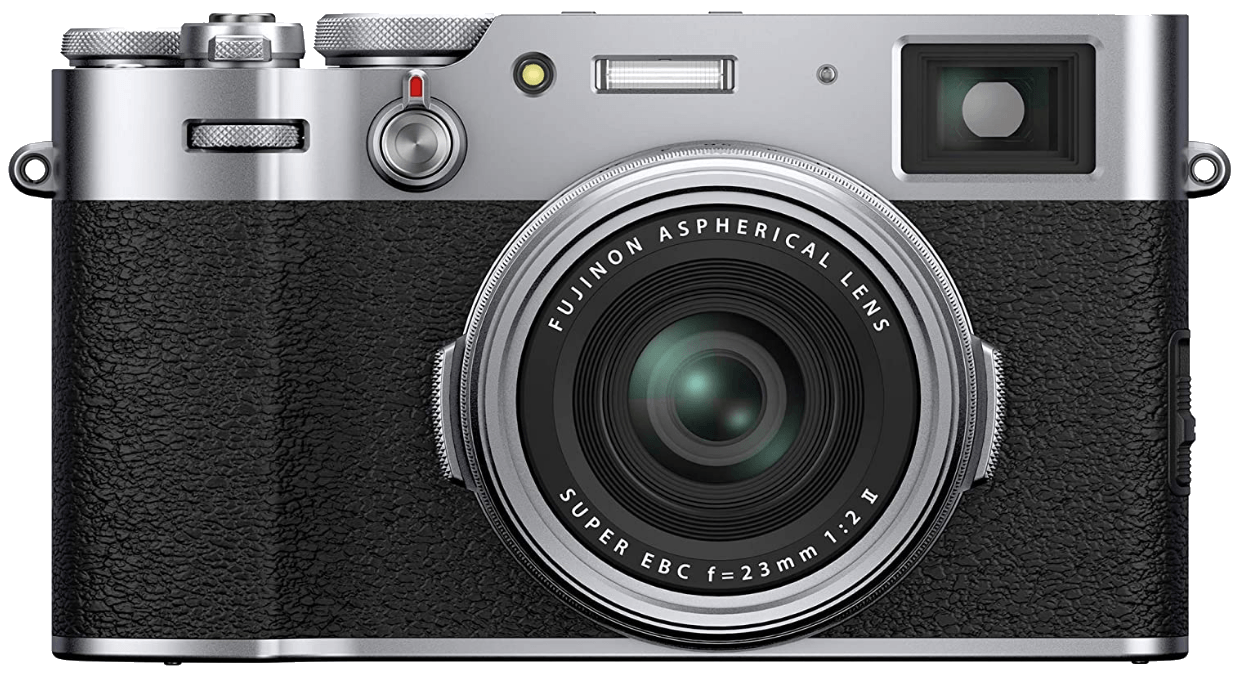



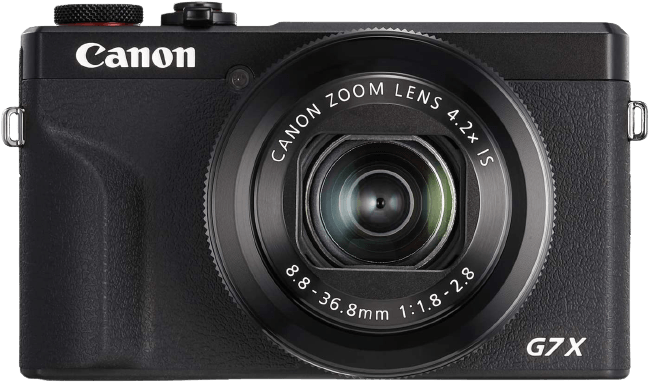

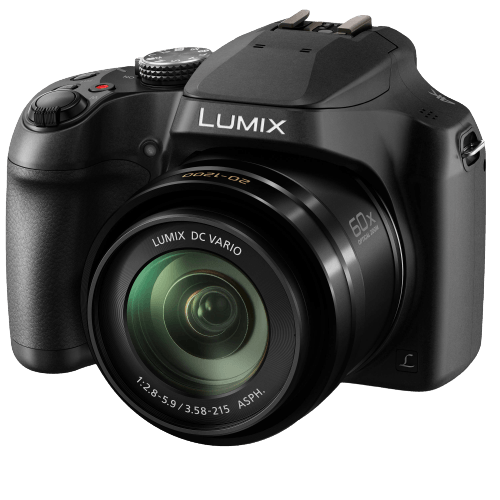

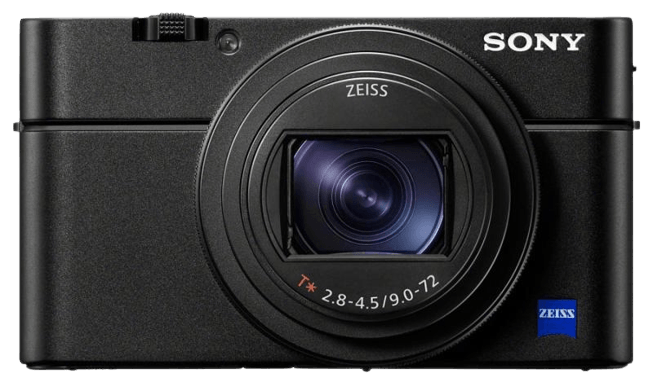

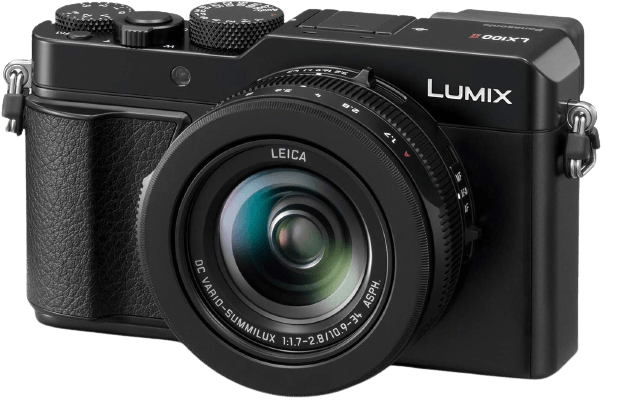

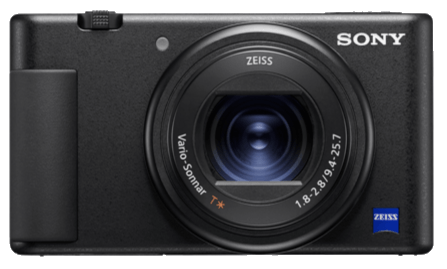

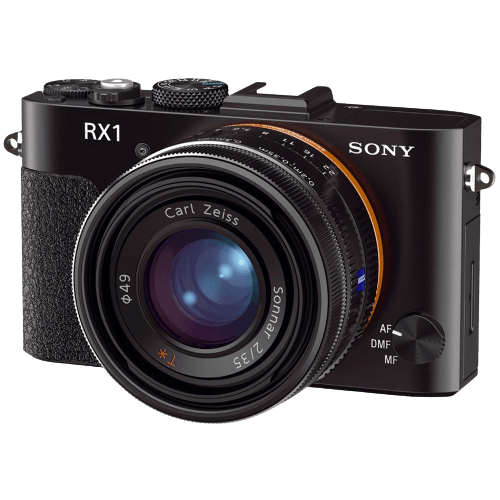

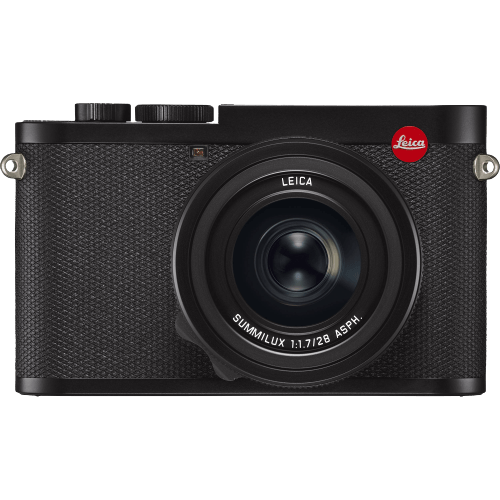

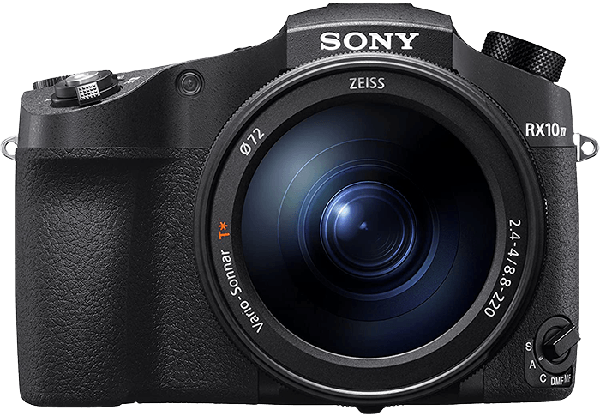

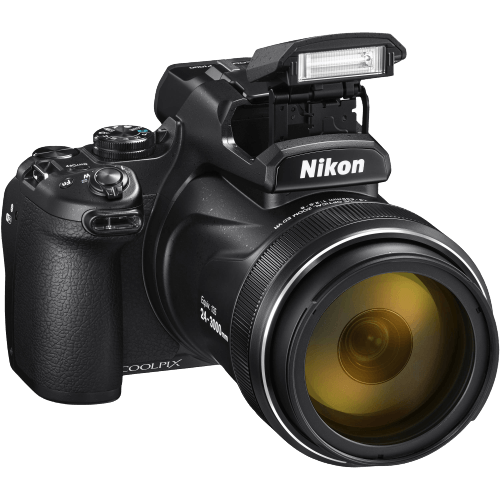

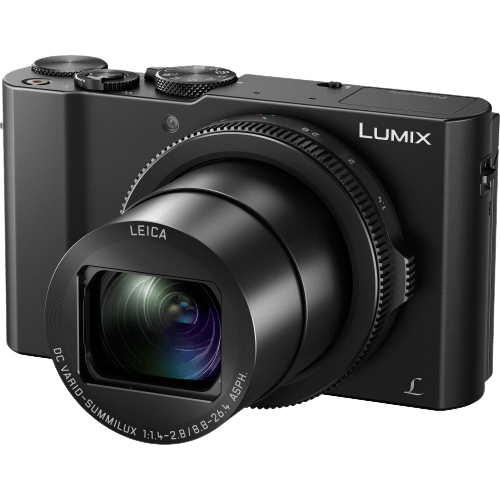

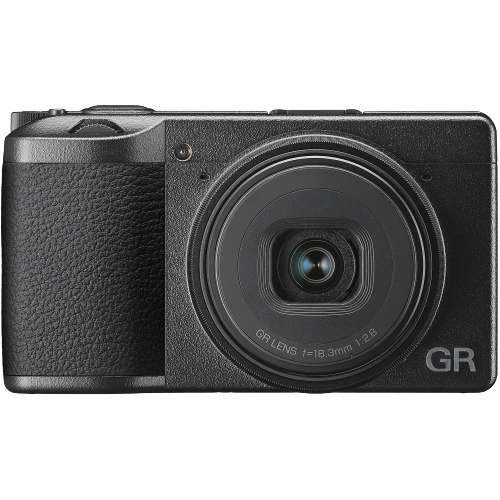













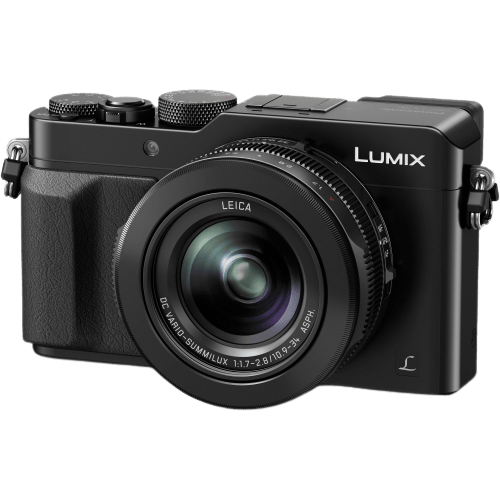





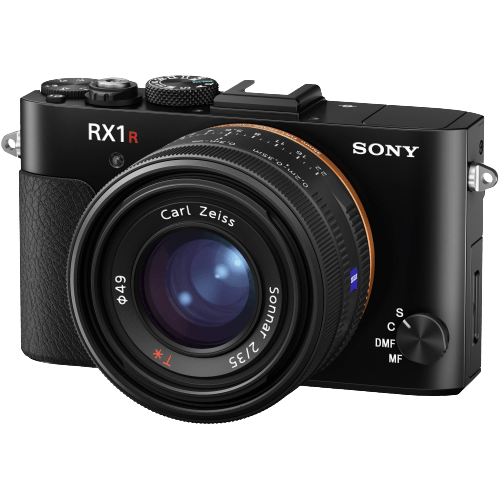



















title: “12 Best Compact Cameras In 2023 Updated Monthly " ShowToc: true date: “2023-02-06” author: “Erica Pressley”
Sometimes you just want to have fun without having a heavy camera around your neck. You want something compact and easy to carry. That used to mean having to compromise. But not anymore. There are some excellent pocket-sized cameras on the market right now. Our top pick is an example of perfect retro-styling with up-to-the-minute technology, including a unique hybrid electronic viewfinder. [Note: ExpertPhotography is supported by readers. Product links on ExpertPhotography are referral links. If you use one of these and buy something, we make a little bit of money. Need more info? See how it all works here.]
What Is the Best Compact Camera to buy in 2022?
We’re going to explain in a little detail why we’ve chosen these cameras. But first, here is a summary of all our picks. Starting with our top pick, let’s take a look at each of our recommendations. Everything about this Fujifilm X100V simply works. It looks splendid with its brushed metal and faux leatherette. The knobs and dials are real analog controls with electronic effects. It really is a superb blend of old and new. Perhaps nowhere more so than in the hybrid viewfinder. This allows you to frame your shot with the optical viewfinder or you can use the electronic viewfinder (EVF). Or you can frame it optically, but see a preview of how the final result will look. It’s an elegant solution. Other bang-up-to-date features are the tilting touchscreen that allows focus point selection, 4K video, and in-camera multiple exposures. They always say that the best camera is the one you have with you. The Fujifilm X110V is a camera you will want to have with you all the time. The Canon Powershot G7 X Mark III is a pocket rocket of the camera world. The camera body is small and slim. But this Canon has excellent image quality. The name Powershot is not misleading. The sensor may only be 1 inch. But with a 20 MP resolution, the images will surprise you. They’re sharp and vibrant with color. The burst speed is 8.2 fps, which is rapid for a camera of this size. The in-camera RAW file processing is a brilliant feature, making images easier to work with in post-processing. And the Wi-Fi and Bluetooth capabilities make it easy to move and share your images. The Powershot G7 X Mark III has a good ISO range, from 125 to 128,000. And the DIGIC 7 image processor keeps noise to a minimum when you’re working in low light. The 4K video quality is very good. And the video image stabilization will keep the quality high. It’s a great vlogging camera too. It’s a great point-and-shoot camera for a beginner on the go. It fits in your pocket. And the images are impressive for a camera of this size. That makes the Canon PowerShot G7 X Mark III one of the best compact cameras in 2022. The Panasonic Lumix FZ80 is a versatile compact camera. It’s perfect for travelers who want to take great stills and videos when they’re on the road. And it’s great value for money. The 18.1MP MOS sensor produces stunning images. And you get a rapid 30 fps continuous shooting mode. It’s a function that’s great for capturing sports or action shots. The Lumix FZ80 has a fixed 20-1200mm (60x) optical zoom lens. So you can get close or shoot far away. And the optical image stabilization will keep your images in great condition. A function you might not expect in such a small camera is the Post Focus. It allows you to set your focus after you’ve taken the photo. And you can even stake focus points to give yourself your creative freedom. The Panasonic FZ80 has an ergonomic design. It fits nicely in your hand and never feels like a burden. It’s lightweight but full of functions. And the video and stills quality is fantastic. All that combined with a modest price tag makes it one of the best compact cameras for beginners. The Sony Cyber-shot RX100 VII is for people who take their photography very seriously. A 20.1 MP resolution might not look like much. But considering that’s from a 1-inch sensor, that is pretty powerful. That’s impressive image quality for a pocket-sized camera. The autofocus system is very sophisticated for a camera this size. It uses 357-point focal plane detection or 425-point contrast detection. And it uses AI tracking to hone in on eyes and faces for both stills and videos. You’ll find the Sony Cyber-Shot RX100 VII in the pocket of many vloggers and videographers. The 4K video is excellent. And you can use the microphone jack for synced audio recording. The Sony Cyber-Shot RX100 VII is expensive for a compact camera. But there are a lot of features and functions packed into this camera’s small stature. It’s a true compact with a lot of power. The Panasonic Lumix LX100 II is a unique entry on our list. And it’s a landmark unit in the world of compact cameras. The LX100 II uses a Large Four Thirds sensor, which is larger than the 1-inch sensors commonly found in compact cameras. The Panasonic Lumix LX100 II is a compact camera for genuine photography enthusiasts. The on-camera controls give it the feel of a larger mirrorless camera. But it is still compact and lightweight. It has a Leica DC zoom lens with a focal range of 24-75mm. It gives you macro capabilities as close as 1.2 inches (3 cm). And the telephoto length is pretty good too. The zoom speed is noticeably slow. But you get optical image stabilization to compensate for any camera shake. The electronic viewfinder has excellent resolution. But some people might not like the fact it’s not adjustable. But that adds to the feeling that this is a camera for serious photographers. The video and image quality is excellent. And the price is more than reasonable. So for a true enthusiast, this is one of the best compact cameras you will find. The Sony ZV-1 is often overlooked in favor of the RX100 II. This is because some of the specs are similar. But the ZV-1 is a camera designed for vloggers and videographers. The image quality for photos is still excellent. The 20.1 MP sensor has a lot of firepower. And you can happily snap away all day. The strength of the camera lies in the autofocus. It’s incredibly responsive for stills and videos. Even if your shots are full of movement, the autofocus system will lock on to people and keep them in focus. The electronic viewfinder is variable in all angles so you can see yourself while you’re filming. And you even get a wind protector so the audio quality matches the image quality. If video is your thing, the Sony ZV-1 is one of the best compact cameras available. You can still capture some great shots. And it has a modest price tag. When you look at the specs for the Sony Cyber-Shot DSC-RX1 RII, there’s one that stands out. And no, you’re not seeing things. This camera has an image resolution of 42.4 MP. It’s hard to believe that a full frame sensor can be squeezed into a compact camera. But Sony has done it. The video is only 1080p. And the burst is a sluggish 5 fps. But at 42.4 MP, you can’t blame it. Stills are the main focus of this camera. And with that kind of horsepower under the hood, you know that the image quality will be amazing. And it is. The camera has an incredible dynamic range, so the detail is excellent. The DSC-RX1 RII has the first user-selectable optical low-pass filter. It gives photographers a new dimension of creative control over their images. The hybrid autofocus system is one of the best we’ve come across. And not just in compact cameras. You get 399 points of phase detection with 45% coverage. The AI system predicts subject movement to keep them in focus. The Sony Cyber-shot DSC-RX1 RII isn’t cheap. But if you need professional-standard stills, it’s the best compact camera on the market. The Leica Q2 is something to behold. It almost doesn’t seem possible. But when you look at the price, reality hits you pretty hard. The 47.3 MP full frame sensor has redefined what’s possible with a point-and-shoot camera. This level of image quality is usually reserved for professional-level full frame mirrorless cameras. You get a fixed 28mm f/1.7 prime lens. No zoom lens is disappointing, but Leica lenses are renowned for their excellence. And the autofocus system is precise and responsive. So moving subjects aren’t a problem. The video quality is very good, but not outstanding. The footage is perfectly acceptable. But this camera is designed for stills rather than video. The Leica Q2 is the most powerful compact camera there is. There’s nothing better for taking exquisite stills. The problem is that the price is similar to the GDP of a small country. If you can afford it, go for it. But for the rest of us, it’s just not a possibility. The Sony Cyber-shot RX10 IV is an excellent all-around compact camera for professional photographers. It may not have the power of some of the previous options, but it is a more varied machine. The stacked CMOS sensor gives you a 20.1 MP resolution. That’s not bad considering the size of the sensor. But the other features bring this camera up to par. The autofocus system is one of the best you will find in a point-and-shoot camera. It has the world’s fasted acquisition speed of 0.03 seconds. That’s quicker than the blink of an eye. And it uses a high-density phase detection system that predicts movement, keeping your subject locked on. The autofocus also functions with precision when shooting at 24 fps. And low light is no trouble for it either. So you can be assured of sharp shots in all conditions. The RX10 IV has a fixed lens with a powerful optical zoom. It has an incredible focal range of 24-600mm. And the quality of the glass elements reduces chromatic aberration. So you can push the lens to full stretch without fear of quality loss. The 4K video is also excellent if you’re into vlogging. All the great features make the Sony Cyber-shot RX10 IV one of the best compact cameras for professionals. The Nikon Coolpix P1000 isn’t the most powerful compact camera in town. But it does have a trick up its sleeve. It has one of the best zoom lenses you’ll find on a compact. And the other features are reliable too. The sensor only gives you an image resolution of 16.7 MP, which is a bit disappointing. But the image quality is still very good. But the thing that sets the Coolpix apart is the monster optical zoom lens. It gives you the equivalent of a 24-3000mm focal range. That’s a zoom range of 125x. Geography is no limitation for this camera. The lens also gives you macro photography capabilities, allowing you to focus on your subject as close as 1 foot. The viewfinder is excellent. And the autofocus system is fast and reliable, even when you’re stretching the zoom lens. The 4K video quality is solid, but nothing special. The Nikon Coolpix P1000 is larger than most compact cameras. It looks and feels more like a small DLSR rather than a traditional compact camera. It isn’t the best in its class. But it does a lot well. And the price is very reasonable. The maximum aperture of f/1.4 on the Panasonic Lumix DMC-LX10/LX15 is remarkable in a compact camera. Even at full telephoto, it is a respectable f/2.8. And all of this is in a Leica lens, which are known for delivering crisp clear photos. It’s neat and stylish in a smooth, modern, and understated way. That styling complements the youth-oriented vlogging capabilities and the selfie-friendly articulating screen. Autofocus performance is fast and accurate, and this camera is equally at home capturing video or stills with its 20 MP 1-inch sensor. This compact camera outperforms my very expensive DSLR in at least one area—fastest shutter speed. The Lumix boasts a 1/16,000 shutter speed. That means you can freeze some beautiful shots even of the most fast-paced subjects. A very capable camera that is easy to take with you at all times and will deliver great results. If size is important in your selection of a compact camera, then the Ricoh GR III won’t disappoint. It is neat and compact with an attractive style to it. It has clear (and clearly-understood) controls and the images it produces are excellent. That is in part down to the generously sized APS-C sensor with its 24 MP resolution. It is also down to the fast and effective autofocus, which even has a “Snap Focus” function. This allows preselection of a focus point, using the touchscreen. With a very large ISO range from 100 to 102,400, the Ricoh GR III also has two selectable built-in neutral density filters. This is a feature I have long thought would be useful even on high-end cameras. So it’s good to see it here. This is a stylish, highly-capable camera that is easy to carry and just as easy to use.
Is it Worth Buying a Compact Camera?
In the past, digital compact cameras had a bad name. They were seen as a bit amateur and dull. They were for holiday snaps and family vacations. But things have changed. These days, compact cameras are serious machines. They’re powerful and robust. And they take outstanding photos. They pack a punch, but they’re still small and compact. Sony, Canon, and Fujifilm all put a lot of effort into developing their compact cameras. And the effort is paying off. As a result, they all have excellent compact camera options on the market.
Conclusion
The compact camera market is really under pressure from the ever-improving cameras found on smartphones. For the consumer that’s good news, because it means that manufacturers have to make their products excellent enough to make you want to take them out with you. As you’ll see from this list, there are some outstanding cameras on offer. All of them are excellent in one or many ways. Our top pick is the one that has the looks and the ability.































































